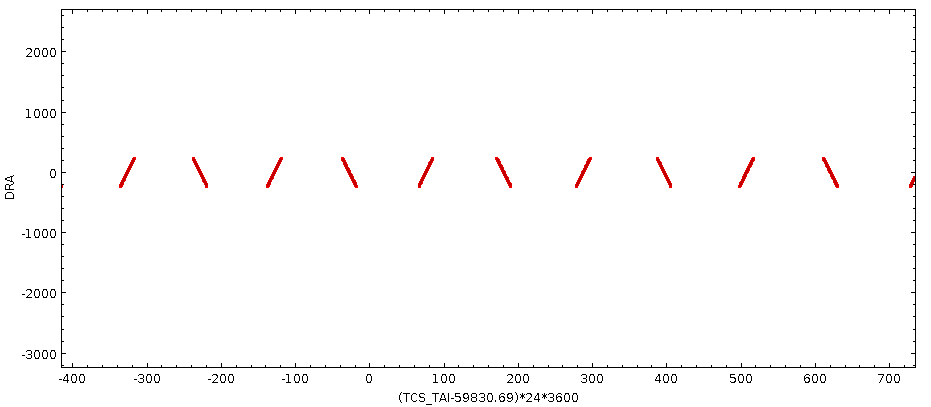Observing with the JCMT’s heterodyne suite of instruments requires the selections of an off position (frequency switching is currently not fully supported, see Observing Modes Page for additional comments).
When selecting an off position: the aim is for that location to have no emission. In particular no emission in the same velocity range you main object is being observed.
- Ensure it is not within the intended science area being observed.
- avoid long far away off position (ideally less than 1 degree).
- Off position should be as close as possible to the source position to:
- avoid flexing the cables running from the telescope to ACSIS on the carousel and thereby avoid standing waves
- reduce slew time*
- see similar sky and provide better sky subtraction
The observatory does not provide locations, archive good, add time in your proposal to test the off position (better to spend time to get a well established clean off position initially). Planck images as well as the JCMT Archive may be able to assist in providing locations for off positions.
* slew time – further comments and an example
A source observed at high elevation (towards transient) has the added impact that a small move on the sky changes into big move in azimuth for a telescope. So any slew time for an offset position is made worse at higher elevations by having a larger offset position (particularly in azimuth). If a large offset position is required (e.g. observing the galactic center/galactic plane with off position > 1 degree) then adding elevation contains to program MSBs may decrease observing time overheads.
Below is an example of a science observation taken with a large offset position (plotted in tomcat). Plotted is the offset in RA (DRA) as a function of time. The red points are the time spent taking science data. In the plot the gaps between the red is time spent moving between the reference position. In extreme cases this can mean an observation expected to be observed in 40 minutes away require over an 1 hour to complete.
Contamination from an off position
In some cases it is possible to make special observations of the off position and use that to remove contamination. But that can get very complicated- in particular with HARP array orientation must be taken into account if the off position has significant variation in emission across the array footprint.




